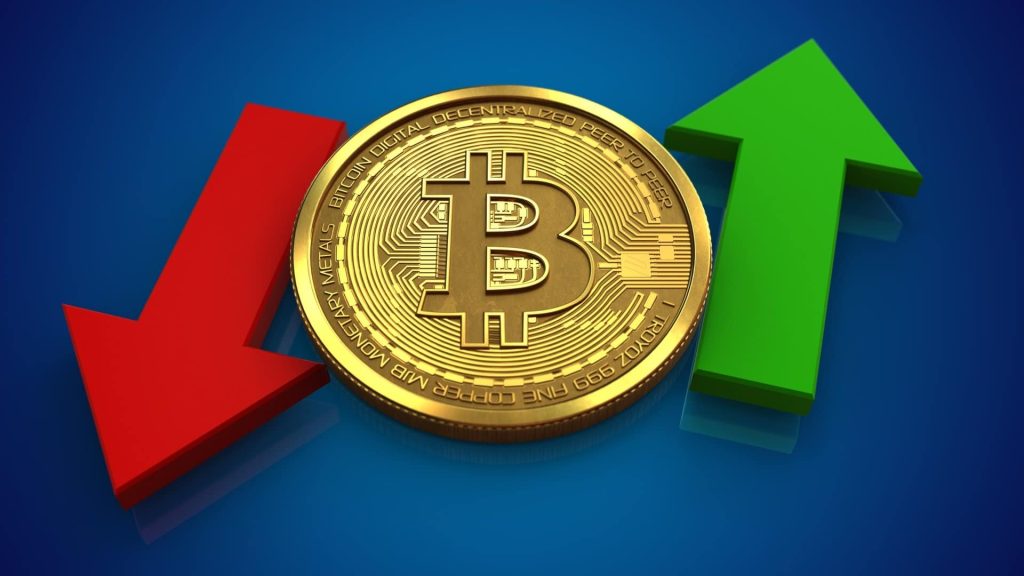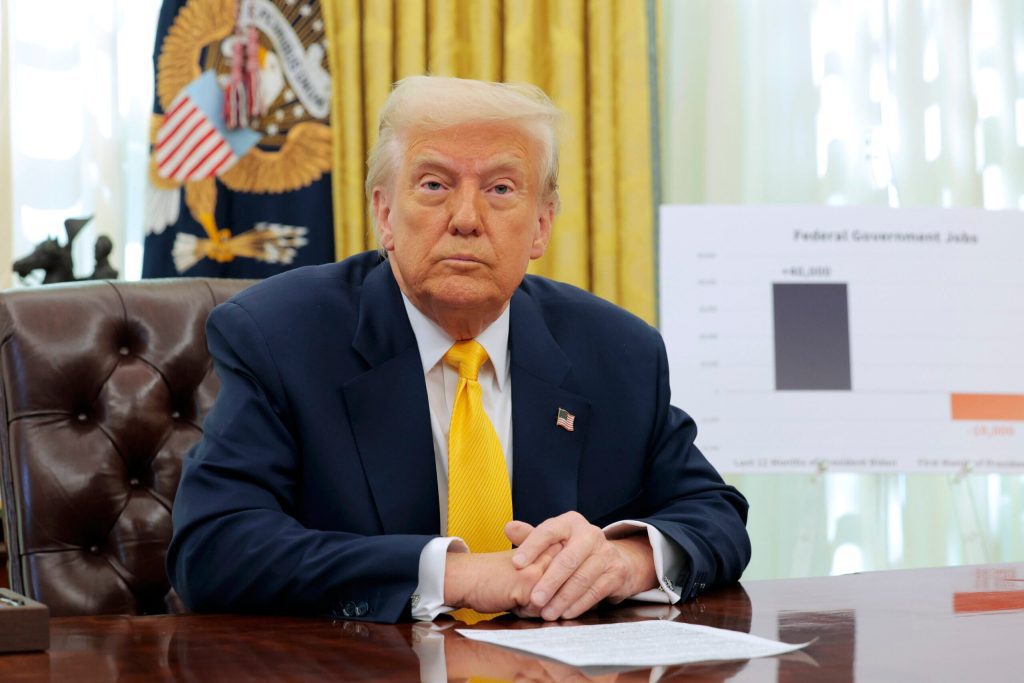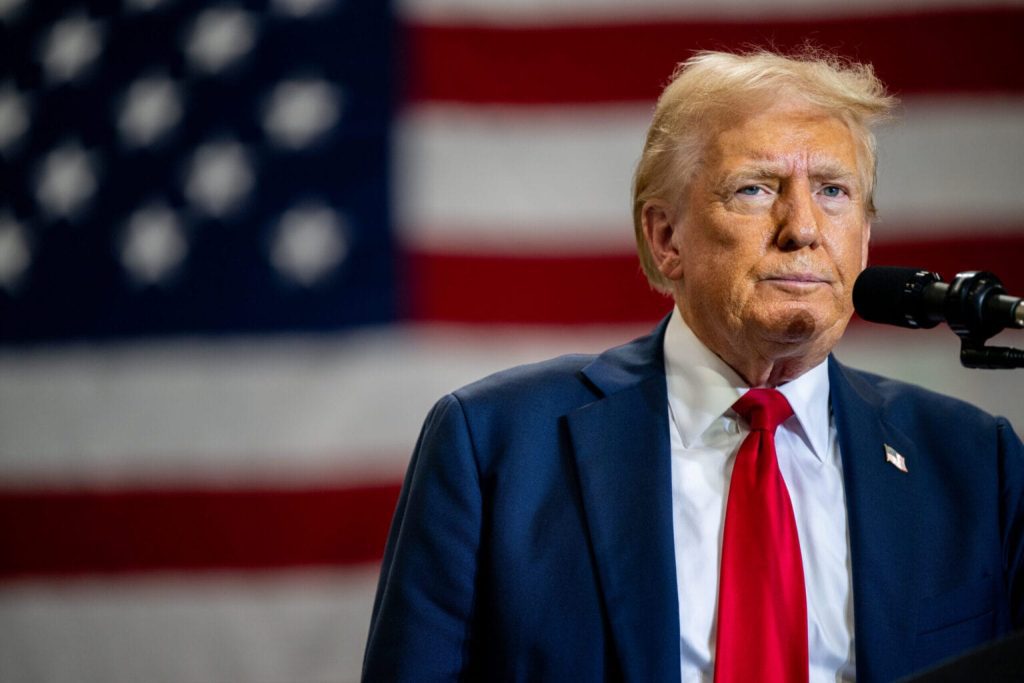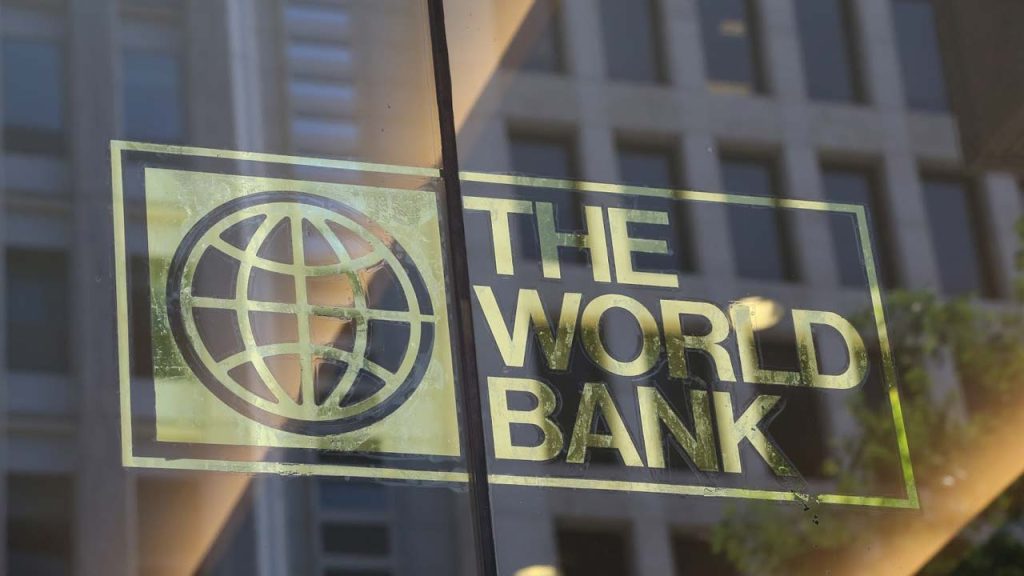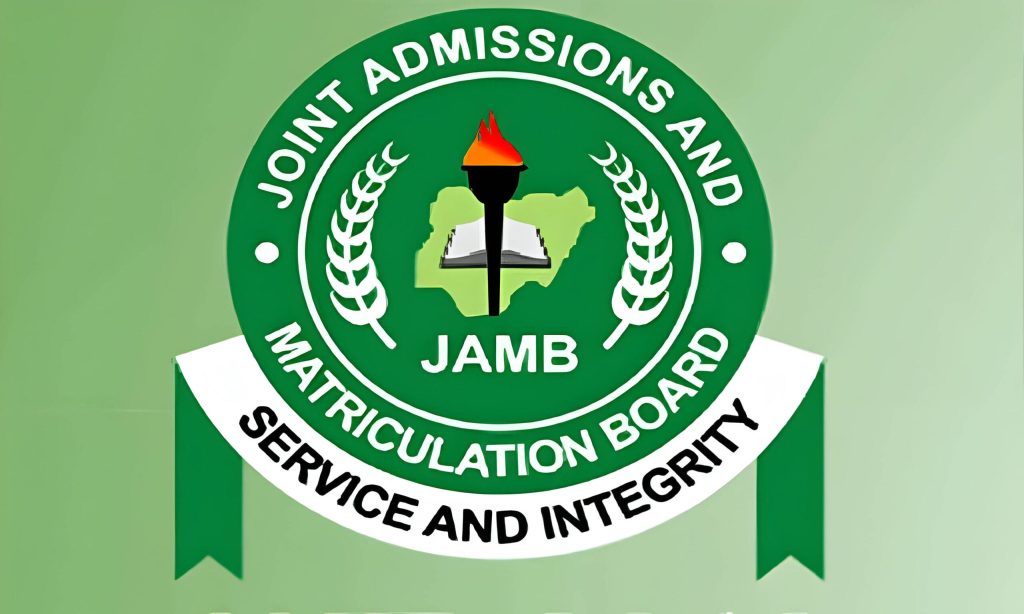In 2019, the U.S. government imposed stringent sanctions on Huawei, aiming to curtail the Chinese tech giant’s global influence. These measures barred Huawei from accessing essential U.S. technologies, notably Google’s Mobile Services (GMS), which are integral to the Android operating system. This move significantly impacted Huawei’s smartphone business, especially in markets outside China where consumers heavily rely on Google apps. In response, Huawei embarked on a journey of technological self-reliance, developing its proprietary operating system, HarmonyOS, and seeking alternative solutions to maintain its competitiveness in the global smartphone market.
The Impact of U.S. Sanctions
The exclusion from GMS meant that new Huawei devices could no longer natively support popular applications such as Gmail, YouTube, and the Google Play Store. This limitation posed a substantial challenge in regions where these services are deeply integrated into users’ daily lives. Consequently, Huawei’s global smartphone market share experienced a sharp decline, dropping from its position as the world’s second-largest smartphone manufacturer to a significantly reduced presence.
Emergence of Third-Party Solutions
Despite these challenges, demand for Huawei devices persisted, leading to the development of third-party solutions to reintegrate Google apps. Tech-savvy users and retailers began utilizing tools that allowed the installation of GMS on Huawei smartphones, circumventing the restrictions imposed by the sanctions. For instance, in regions like Bangkok, smartphone retailers have been observed selling Huawei devices with Google apps pre-installed, assuring customers of seamless functionality. This trend underscores the resilience of both consumers and retailers in adapting to the imposed limitations.
Huawei’s Strategic Shift to HarmonyOS
In parallel with these grassroots solutions, Huawei accelerated the development of its own operating system, HarmonyOS. Initially launched in 2019, HarmonyOS was envisioned as a versatile platform capable of operating across various device categories, including smartphones, tablets, and IoT devices. The goal was to reduce reliance on external ecosystems and foster a self-sustaining environment for Huawei’s hardware.
Launch of HarmonyOS Next
By November 2024, Huawei introduced HarmonyOS Next, a significant evolution of its operating system, marking a decisive move away from the Android ecosystem. Unlike its predecessors, HarmonyOS Next does not support Android applications, requiring developers to create native apps specifically for this platform. To facilitate this transition, Huawei has been actively engaging with developers, offering comprehensive support and training to enrich its app ecosystem. At launch, approximately 15,000 native apps were available, including essential services like WeChat and Taobao. However, the success of HarmonyOS Next hinges on the continuous expansion of its app offerings and user adoption.
Market Performance and Consumer Reception
Despite the hurdles posed by U.S. sanctions, Huawei’s market performance has shown signs of resilience. In 2024, the company reported revenues exceeding $118 billion, a 22% increase from the previous year. This growth is attributed to Huawei’s strategic pivot towards self-reliance and innovation. The launch of the Mate 70 series, powered by HarmonyOS Next, symbolizes Huawei’s commitment to establishing a robust alternative to existing operating systems. The Mate 70 series has been well-received in China, with consumers appreciating the seamless integration between hardware and software. However, international reception remains cautious, as the lack of compatibility with Android apps presents a significant consideration for potential users.
Global Market Dynamics
The introduction of HarmonyOS Next and Huawei’s push for technological independence reflect broader trends in the global tech industry. The bifurcation of technology ecosystems between the U.S. and China is becoming more pronounced, with each fostering its own standards and platforms. This divergence has implications for global consumers, developers, and manufacturers, as compatibility and interoperability challenges may arise. Huawei’s journey underscores the complexities of navigating geopolitical tensions while striving for innovation and market relevance.
Conclusion
Huawei’s experience over the past few years illustrates the company’s adaptability and determination in the face of external pressures. The development and deployment of HarmonyOS Next signify a bold step towards autonomy, aiming to reduce dependency on foreign technologies. While challenges remain, particularly in gaining global acceptance for a new operating system, Huawei’s efforts contribute to a more diversified and competitive tech landscape. The company’s ability to innovate and adapt will be crucial as it seeks to reclaim its position in the global smartphone market.




